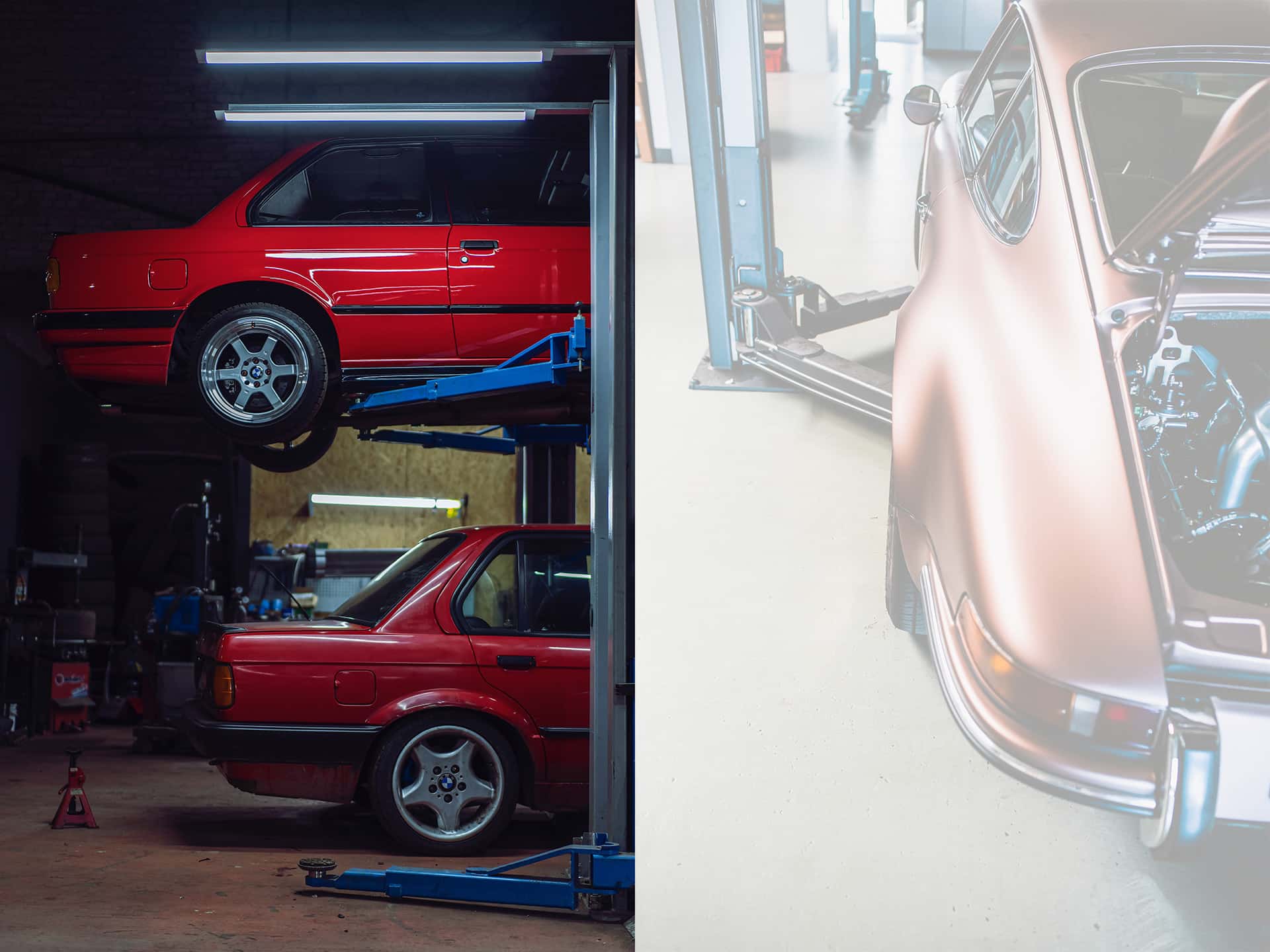*Positioning
Price & Positioning: The Difference Between Price and Value

What do you do when your potential customers say that your product or service is too expensive? Many entrepreneurs think of offering a discount or reducing the price, when in fact they should be doing the opposite. By focusing on value, a brand can differentiate itself, attract and retain customers, and lay the foundation for a unique positioning. We take the question from a car dealership as an opportunity to discuss the role of price in positioning.
Price & Positioning: Is it all about price?
 As experts in the field of positioning, Merkelijkheid often receives questions from graduating students about the theory and application of positioning, for example in a thesis. We like to share interesting questions and corresponding answers as articles or in the FAQ so that other students and marketers can learn from them.
As experts in the field of positioning, Merkelijkheid often receives questions from graduating students about the theory and application of positioning, for example in a thesis. We like to share interesting questions and corresponding answers as articles or in the FAQ so that other students and marketers can learn from them.
Price often causes confusion, so we received the following question:
“From interviews and surveys of current and potential customers of a car dealership, it appears that they see price as a determining factor in whether or not to become a customer. Should price therefore be a prominent part of my positioning or proposition and an axis in the positioning matrix?”
Role of price in positioning
Everyone considers price important. For many people, price and value are the same thing. Most consumers assign more value to a 10% more expensive Apple iPhone than a Samsung phone with comparable specifications. We see the same thing with service providers such as car dealerships. A dealer almost always charges a higher price than a regular car dealership, even though both seemingly provide the same need: a functioning car.
So, it’s all about value. At (approximately) the same price, people choose the product to which they assign the highest value. If people indicate that they do not choose your business because of the price, it is therefore not a matter of lowering the price, but of increasing the perceived value!
As part of a positioning process, we always investigate what the key factors for differentiation are in a market. Interviews with customers, suppliers, and other stakeholders are often invaluable in determining how your brand can differentiate itself in the market. Our proven methodology ensures that you can quickly get started with your positioning. Learn more about our approach.
Alternative to price in positioning: value
Much more interesting is a discussion about what ‘value’ means for your brand; how do you increase the value of your product or service?
This student is therefore working for a car dealership that is struggling to showcase their value proposition. The competition offers a more valuable service, according to the customer, for a similar price. How can this company ensure that customers are willing to pay a certain price for their services? How can you increase the perceived value?
Differentiation of car companies
Everyone has their own perception of car companies. But based on our experience, we would approach it as follows:
- Ensure a clean, well-lit and organized workshop
- Provide a pleasant and tidy reception
- Offer a nice waiting area
- Provide something refreshing to drink
By addressing the above points, customers will have a good feeling about the car company. They will have more confidence in the quality if the areas they do understand are in order. But we don’t stop there, there is much more you can do to further differentiate your brand:
- Communication: always be friendly, concrete, and clear. Tell customers when the work will be done, what it will cost and why, what options they have, be proactive and think along with them.
- Reliability: doing what you say is still too often underestimated. Make sure the car is actually ready at the agreed time and that the price is correct (no tricks!).
- Exceed expectations: for a major repair, have the car washed and ready, clean the interior or do some important checks (oil level, tire pressure, brakes). Even if someone comes in for a tire change.
- Show, don’t tell: Let the customer speak about how you made a difference for them, a mechanic explains everything about a maintenance inspection, or a salesperson shows a new car inside and out. Content marketing is still insufficiently used in the automotive industry.
What we describe above are aspects of excellent service: everything around the basic product is perfectly arranged. Marketing and communication then ensure that your customers know why they should choose your company.

Which autoshop can charge the highest price?
Other markets
The point that we are making in this article applies just as well in other markets. If a customer chooses between two manufacturers; one has a traditional dark factory while the other has a clean and well-lit environment. Which one do you think would be preferred?
And these are more than just hygiene factors. A neat, well-lit work environment represents dedication and attention to your product or service. Especially if the customer has difficulty estimating the end result, such factors are often decisive. From that, they deduce what kind of meat they really have in the barrel. It pays off to look carefully at your own service to find points of attention with which you can further increase the value perception of your product or service.